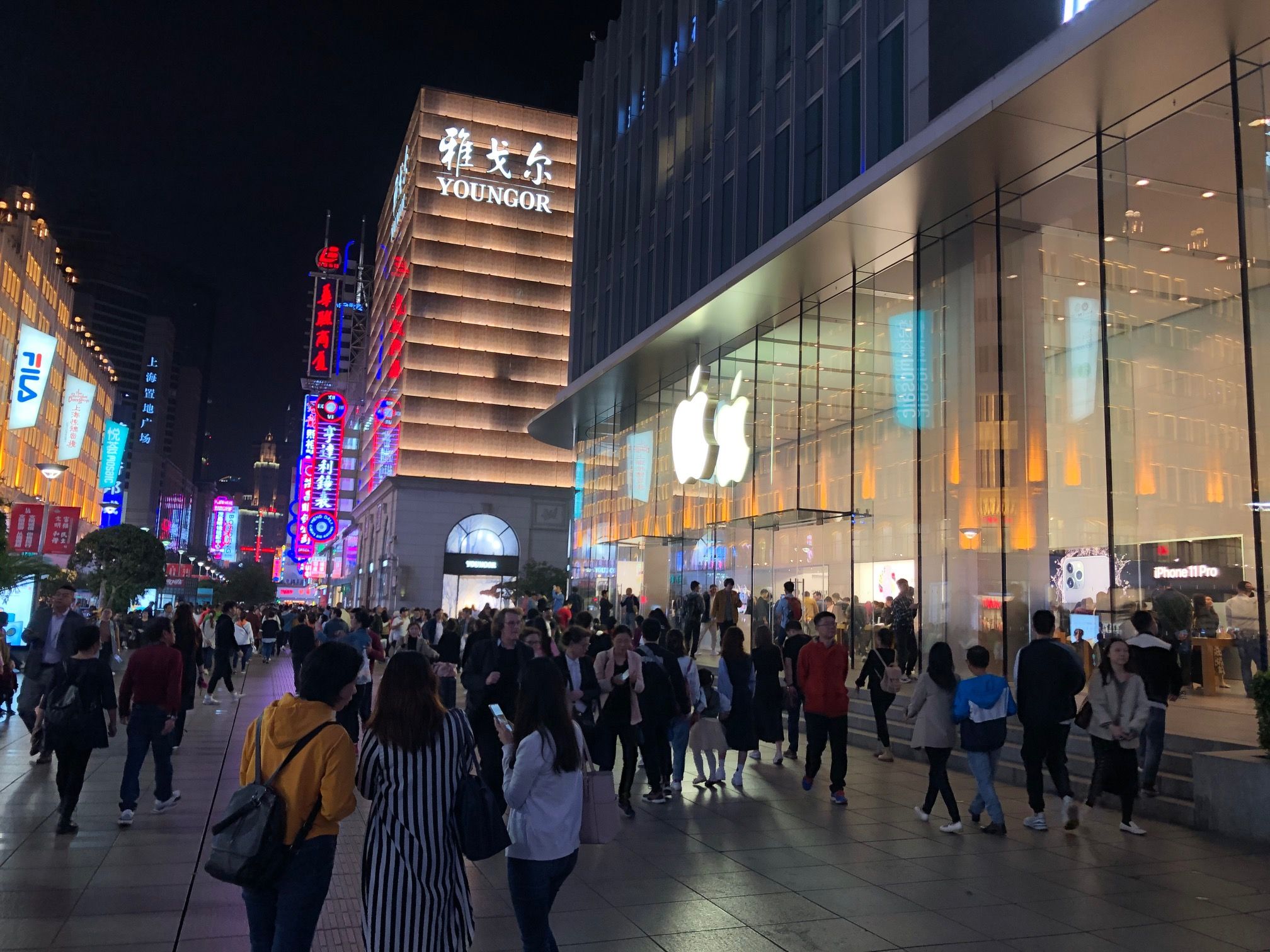In the second of two reports from Vinexpo Shanghai, Richard Siddle examines the different routes to market for wine producers looking to make their way in China.
“It’s not about getting the most sales you can in the first year. It’s about building a sustainable business.” That’s how Polly Alwin Foster, co-founder ofNimbility, a brand development consultancy business specialising in working across Asia and China, believes is the best way for any wine producer to succeed in the complex Chinese wine market. The key, though, she added, is to have a clearly thought through strategy that can “build long term brand growth” in the country.
It might sound like a contradiction in terms, but doing well in China is as much about managing expectations and finding the right partners, importers and distributors to work with than just selling wine into the market. Or as Marcus Ford, the Asia and China manager for Wines of South Africa, puts it: “It is very easy to import wine into China. It’s so much harder to sell it.”
Mario Aron, chief executive, of import business, Sarment, said it was vital anyone serious about the Chinese market spends a lot of time doing the hard work, the research to determine the best approach. He told a special trade debate at last month’s first Vinexpo event in Shanghai that it “needs a lot of planning to get right”. “It can take three to four months lead time from placing an order for it to be ready to be sold. That is a long time.”

In the know: Vinexpo Shanghai hosted an insiders debate on doing business in China with Ian Ford of Nimbility, Concha y Toro’s Rodrigo Jackson and Sarment’s Mario Aron
It’s why the import figures can differ hugely to what is actually being sold in China. There are thought to be large volumes of wine sitting in the Chinese supply chain. Importers have all been too keen to take the wine, but they are now sitting in storage waiting to be sold. Which means a whole lot of cash is caught up in the system, which in turn, can put huge pressure on producers who, at first, had thought they were doing so well by the number of orders they were processing.
The average payment terms in China are said to be 270 days and even that is on the positive side, said WOSA’s Ford.
Importer slump
What should be particularly worrying for producers waiting for that wine in the supply chain to be sold is the number of importers that have said to have left the market in 2019. Over 2,000 by some estimates, and a drop of at least 34%, according to one of Nimbility’s other co-founders, Ian Ford, speaking at the Vinexpo Shanghai debate.
Ford, one of the most influential consultants operating in the Chinese wine market, with 20 plus years experience, first with the Summergate import business, said a lot of the importers that have fallen away are what the niche, one man bands who may either be importing wine as a hobby or as a side concern to their main business. Leaving the more serious, long term players to consolidate and take the Chinese market forward.
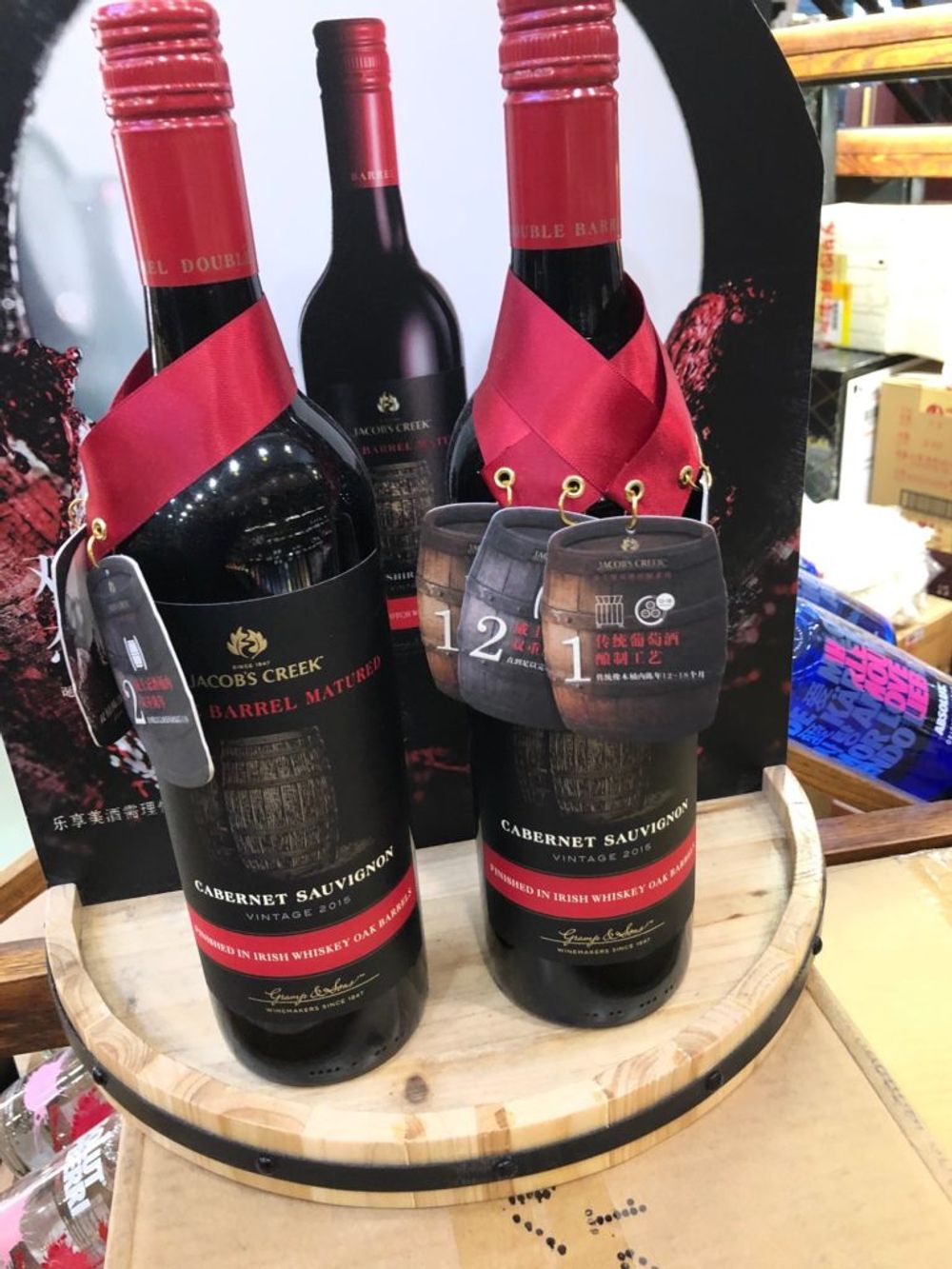
Power brands such as Jacobs Creek have successfully cracked the complex Chinese wine market
The figures certainly suggest that as there has been a 50% rise in the average value of imports per importer this year, despite the cull in overall numbers. “We’ve seen the elimination of opportunists, and the consolidation of those who have traction and experience in the market,” he explained.
Rodrigo Jackson, managing director of Concha y Toro, Central Asia, also told the Vinexpo conference that he thought having fewer importers would actually be good for the market overall, as it will help bring a more disciplined focus to what is possible. He likened the current situation as more of a “bump in the road” than a full blown crisis. But a “bump” that could take some four years to “recalibrate”.
“Importing wine is relatively easy in China, but it’s a lot harder to be successful,” he said. “It’s good for the long term future, but it is going to be a very tough market now. There is a lot of inventory in the supply chain.”
Long term success
Those willing and able to look at the long term future should be well placed, argued WOSA’s Ford. “It’s such an exciting market to be in. Remember GDP is still growing at 6-8% and the number of people who will economically be viable to drink wine will go up all the time. So those who take China seriously now will have the time to grow with that market,” he said. “You also have to remember it is still a very young import market. Only 10 years old. As people’s taste change they will be looking for new wines and new stories.”
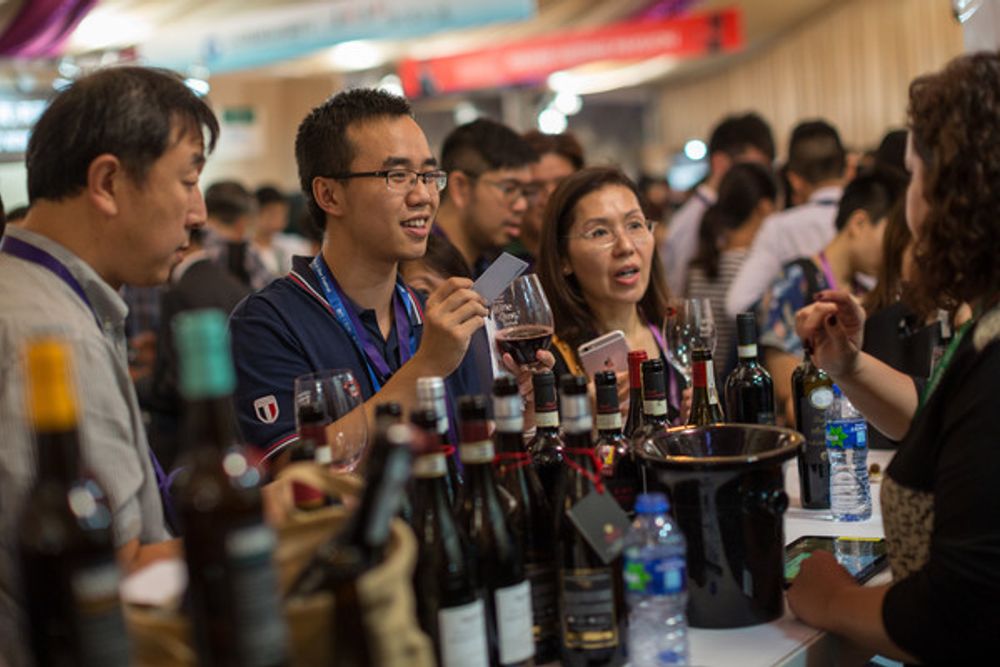
China still has enormous opportunity for those producers that can make a long term commitment to exports, said both WOSA’s Marcus Ford and Nimbility’s Ian Ford
It’s why Ian Ford is so confident the overall Chinese market will double in size to at least 120m 9 litre bottles versus 60m 9 litre bottles now within the next 10 years. “This will be the biggest market in the world. There is so much excitement here. So many professionals working here. Everything is here for it to be a success,” he claimed, pointing to the number of new events, tastings, and “energy” in the market to try new ideas and expand.
That thirst for knowledge and new wines is also opening the way for more grape styles, varieties and regions to become more popular and find their way in China, said Aron at Sarment.
But it is still very much a red driven market, stressed Marcus Ford. “Up to 93% of South African exports to China are red,” he sad.
Penfolds phenomenon
Just look at Penfolds, the Australian premium wine brand from Treasury Wine Estates, that is re-writing the rule book when it comes to what is possible when a brand becomes omnipresent in the market.
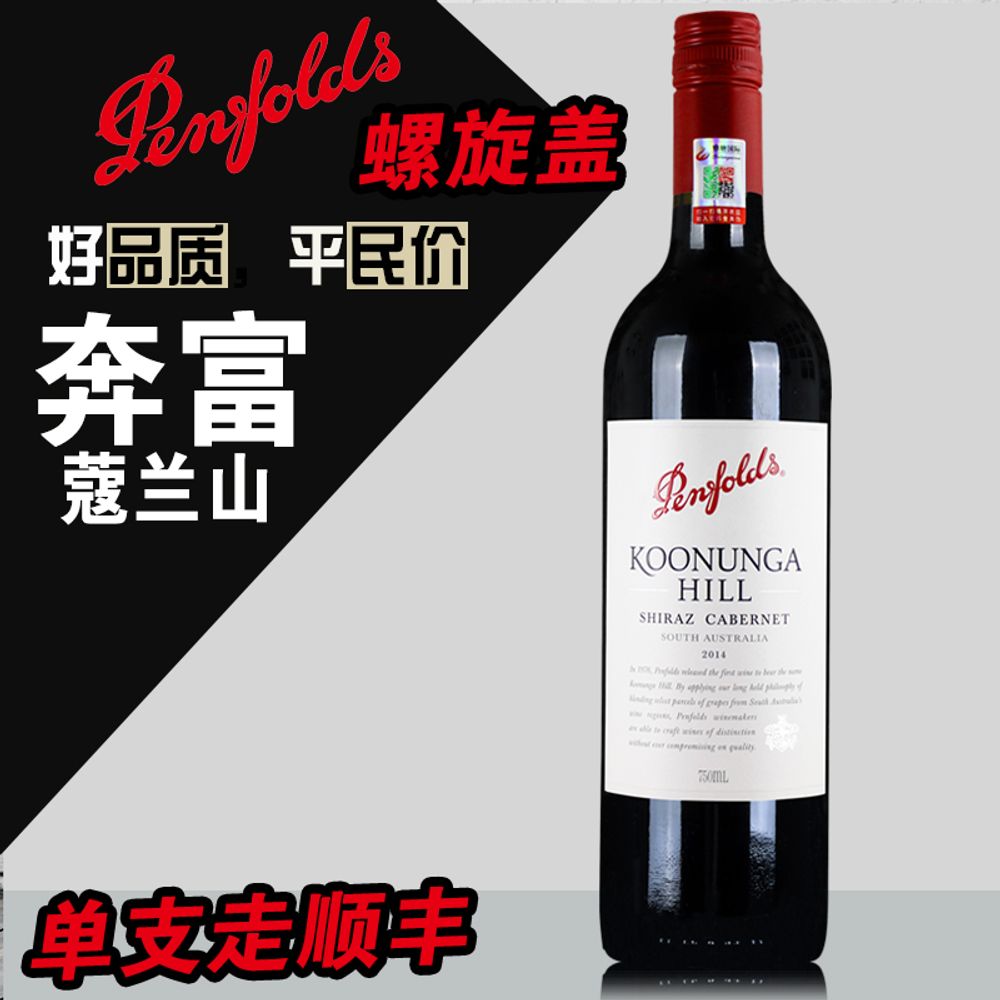
Penfolds success in China has been phenomenal
Ian Ford told Vinexpo Shanghai that Penfolds is responsible for 66% of all the value growth of the booming Australian wine market in China. A quite staggering statistic when you consider Wine Australia claims the country’s overall value has now reached A$1.2billion, an increase in value of 18%, in the year from September 2018 to September 2019.
Local analysts and trade consultants say the decision by Treasury Wine Estates in 2015 to switch from what had been an exclusive distribution deal for Penfolds with one importer, to go to a multi importer model has been responsible for transforming not only the brand’s fortunes in China but the importer model for the whole country. Almost overnight it opened the market and different channels for multiple players to be working with effectively the same brands, helping take those wines to China’s mass market.
Many major wine producers have followed Treasury’s lead, in the hope some of the Penfolds magic will rub off on them. CYT’s Jackson said Penfolds success is an inspiration for other major brand owners. “They have shown it can be done,” he said. “Anyone working for an ambitious company will look at those numbers [for Penfolds] and think it is possible. But this has not been overnight. It has been a 20 year success. What can we learn from Treasury’s success?”
“It also had the halo effect of Grange,” stressed Ford. “That can’t be replicated by a marketing department.”
Which importer route to take?
Which route you take also depends on who your distribution partner or partners are. South Africa’s Distell, for example, works with one of the biggest and most influential, ACS Wines. Naas Erasmus, commercial director, told The Buyer that he hoped the combination of ACS’ contacts and network and the company’s long term commitment in the country, driven mostly by the success of its Two Oceans brand, will eventually help Distell take up 15-20% of the South African share in China.
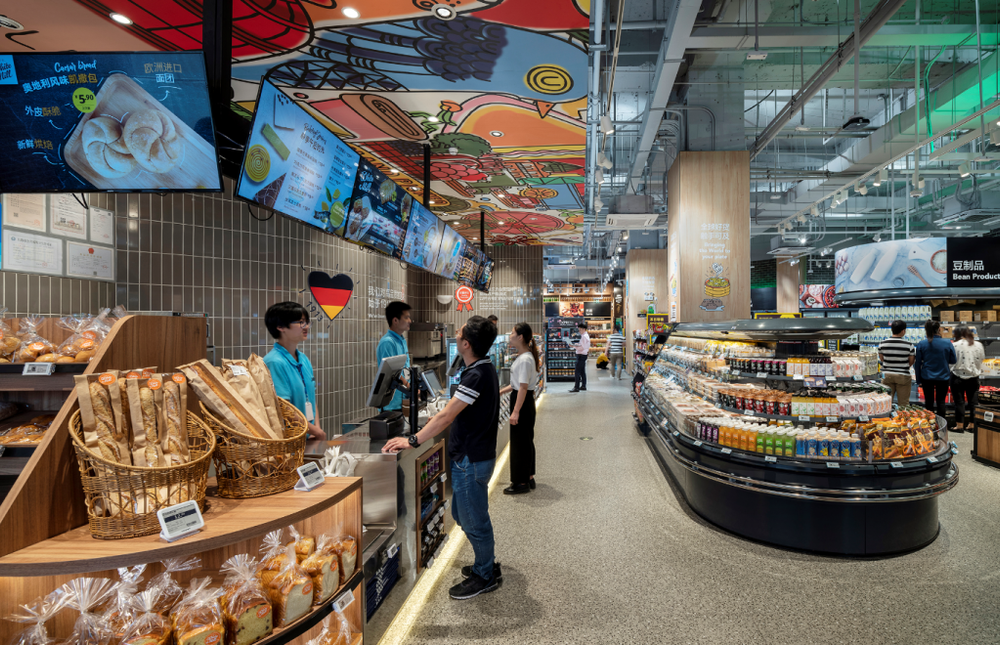
The emergence of sophisticated, leading edge retail outlets is helping to push wine into more outlets like this new Aldi concept for China
Nimbility’s Ford can see advantages and drawbacks in both approaches. The sole distributor is certainly better suited to those looking to build closer relationships, if they can accept the fact they will have more limited market access. The multiple approach allows you to spread your wings and be seen and sold in more outlets and channels, but there is also the risk of price depreciation and confusion over what the brand’s credentials are.
“On the face of it the multi operator model can seem very appealing, but it can be a big risk to a brand with price erosion,” added Ford, pointing to the price erosion issues that Penforlds’ Rawsons Retreat has had.
Aron argued even Chateau Lafite has suffered by becoming omni present in the market at a wide range of prices.
Penfolds, stressed Ford, started out with an exclusive distributor in order to build its position and reputation in the market, and only when it had achieved that was it then in a position to go down the multiple importer route. “Otherwise it can be a case of fighting fires unless you have got full time staff in the market protecting the brand,” he explained. “We are also seeing the situation where importers are choosing to buy from other importers as there is less risk from taking big orders direct from producers.”
Jackson at CYT said it’s about knowing how much wine you can send and sell in China and what channels your wine are best suited for. Be it entry, private label or more premium wines.
Right route for your business model
Marcus Ford said part of his role is to advise South African producers about how to work in China, which usually involves guiding people down certain routes based on the business model of their company. “The DNA of your company should dictate how you approach the market. We can help give them that second opinion,” he added. “But the key to China is to get that strategy right and it takes a lot of work and time.”
For E&J Gallo that means following a multi operator strategy, said Nick Elkin of the local Gallo Asian team, as it is such a big market to cover.
Gallo’s Hans Harjens likens the importer scene to the “wild west” such is the competition with “everyone trying to grab land make a claim”. “We take our time to find the right people. It’s good to be picky here,” he said. “After all an unhealthy distributor is an unhealthy Gallo. You don’t want to stuck with inventory in the market.”

The enthusiasm of the buyers and visitors to Vinexpo Shanghai illustrated what demand there is for imported wine in China
The key factor, though, said Sarment’s Aron is the position that imported wine now has in the China market. What used to be in 2001, 99% Chinese wines, is now a 65% to 35% imported share. “Chinese consumers are increasingly preferring imported wine and are on their own journey of wine. The diversity that imported wine can bring is a trend that will continue. Each producer has to look at their own reality.”
Ian Ford foresees a time in the near future where there will be a 50/50 split between imported and local Chinese wine. “There is still huge growth for imported wine,” he said.
One of which is shipping wine in bulk and then bottling in China – which has been a big route to market for Chile and Australia with their free trade deals – and supplying wine for the booming OEM (own label and exclusive label) market in China.
E-commerce opportunity?

China’s online wine market has got a lot to shout about but it can be a cluttered market for wine brands to stand out in
In China everything is done online, or through the WeChat platform to be more precise, which is used for e-commerce and trading, as well as social media, marketing and communications.
The rise of the giant internet retailer, Alibaba and its T-mall platform, was said to have been the “great equaliser” in the Chinese retail market. Giving both small and large brands the chance to sell online.
The reality is somewhat different. With such a massive online market how do you get your brand seen amongst the competition without huge budgets? It’s not necessarily “the holy grail” thateveryone once thought it was, said Ian Ford. “It’s been good for brands like Penfolds, Yellow Tail Chateau Lafite and Concha y Toro, but not for wine overall,” he added.
It’s why his recommendation is usually to take a “combination” approach and not just see China as having “one solution” for your wines.
Sector by sector, city by city
He also guarded against getting too drawn in to the “tier” system of describing China’s major cities. Yes, the major one tier cities, including Shanghai, Beijing and Guangzhou, stand out from the others in terms of their economic maturity and development of restaurants, bars, hotels and a thriving drinks and wine scene. But there is also, he stressed, still plenty of opportunity in three, four or five tier cities if you know where to look.
The differences between the major cities is something the more experienced overseas producers operating in China also recognise. Like Christine Andrews, China, Asia and Australia manager of South Africa’s Journeys End. “We have more luck in Shanghai with South African wine. The market here is more open to New World wines. There are sommeliers here from all over the world who are willing to give South African wines a go,” she explained. “Sommeliers are changing things for us here.”

Shanghai is like Tier 1 Plus as it is so sophisticated compared to other cities in China, says Natalie Potts of New Zealand Winegrowers
Natalie Potts, China area manager for New Zealand Winegrowers, agreed that Shanghai is very different to the rest of China. “In terms of wine, Shanghai is the out and out leader is terms of sophistication. There is even a burgeoning natural wine bar scene here,” she said. “Some of the bars are what you would expect to see in New York, London or Paris. But it is not reflective of the rest of China. Shanghai is like tier one plus.”
All of which is helping to change people’s perception about different countries and their wines. Like South Africa, which for years, claimed Andrews, was just about Pinotage for reds and Chenin Blanc for whites, even with premium customers. “It’s a long term educational message and things are slowly changing,” she aded which will eventually help South Africa push up its average price point. “There’s a feeling that South Africa is next in line. The pricing of our wines is certainly in our favour.”
It’s a similar story for New Zealand, agreed Potts. For whilst in the main people associate New Zealand with Sauvignon Blanc and Pinot Noir, there is now a growing and sizeable demand for red blends. “Hawke’s Bay has done a lot in China. It identified early on that China was a good market stylistically for them.”
It has also succeed in creating demand and a market for Syrah, and some regions of New Zealand are now supplying close to 100% of their production to China. “It’s also the only market globally where we are selling more reds than whites,” added Potts. With a 60/40 split, of which the 40% would be 38% Sauvignon Blanc. “More people are open to other New Zealand styles than they are in the UK. There are more opportunities here for New Zealand to do different things.”
To help spread the message about New Zealand across China it hosts an annual roadshow where it will take producers to tier two cities for tastings and events. Tier two, she stressed, is where the volume is for producers, whereas tier one is more about prestige as there is so much competition. It also works closely with the New Zealand Trade and Enterprise government body to share resources and promote its wines, says Potts.
Risk of trade and tariffs
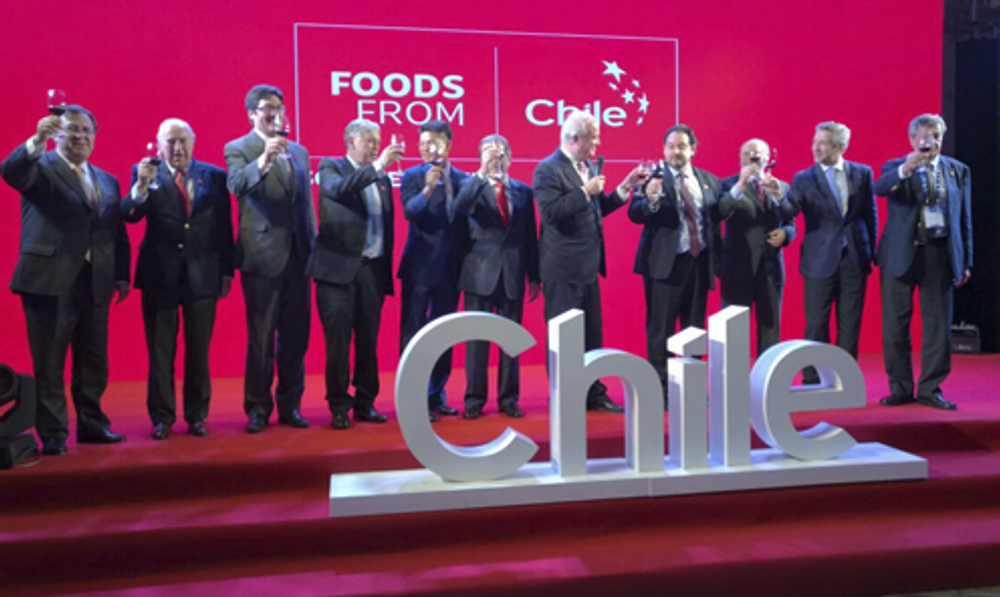
Chile is one of a few countries that have benefited hugely from free trade deals to China
When operating in China there is also the added risk of being blown off course by the turbulent nature of some of its trade deals and arrangements around the world. Whilst the last two to three years have been major boost for countries like Chile and Australia and their free trade deals with China, it’s been the opposite story for the US, thanks to the on-going tit for tat trade wars with President Donald Trump and the US.
Not surprisingly US sales have slumped in China over the last year. Or “hollowed out” is how Ian Ford puts it. Either way it has seen a 58% drop in value sales in the last year, with its average prices down by 6%.
But if you are a major branded player like E&J Gallo, then what can you do but look at the very long ball game, says Elkin. China’s growth and strategic importance as a major, if not the major export market in the world, means companies like E&J Gallo just have to do what they can to sell their wines and build their business in the country, he adds.
They are not alone. To succeed in China takes patience, perseverance, and knowing who to work with. Oh, having good wines will help too.
